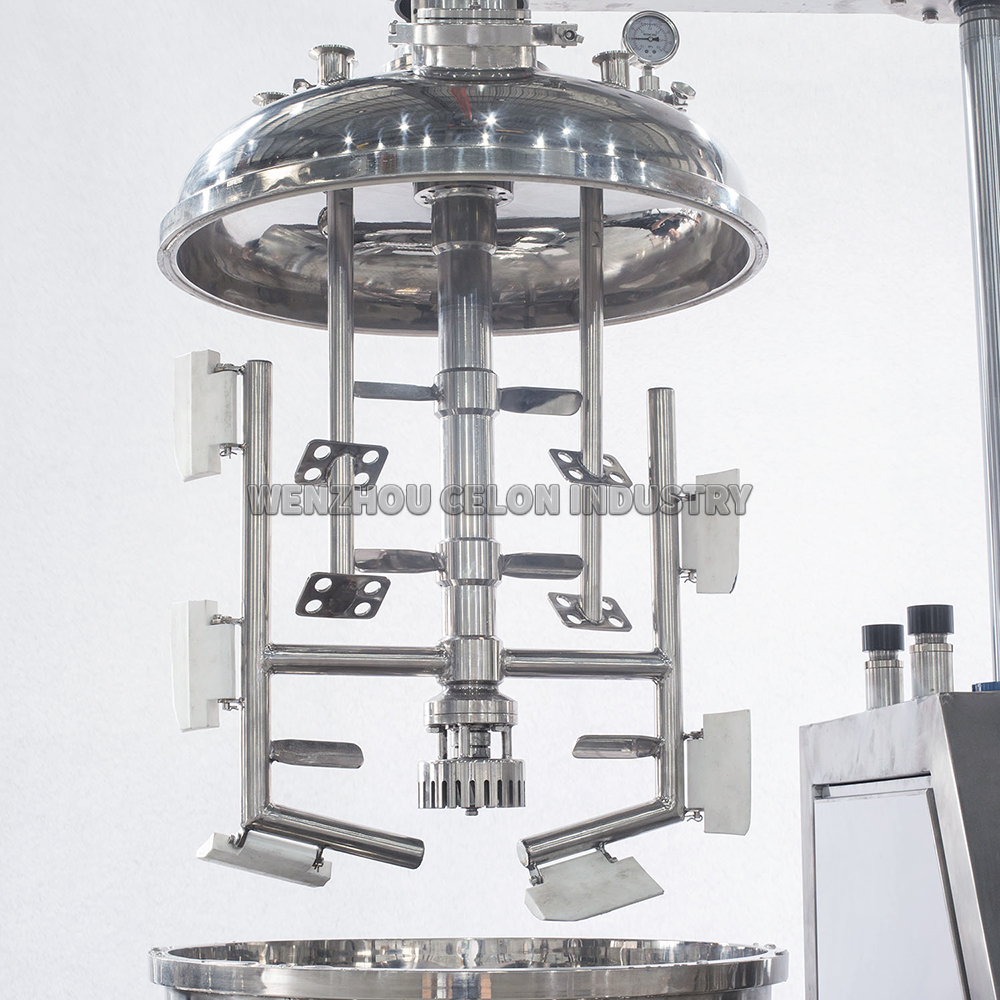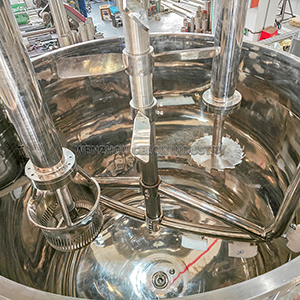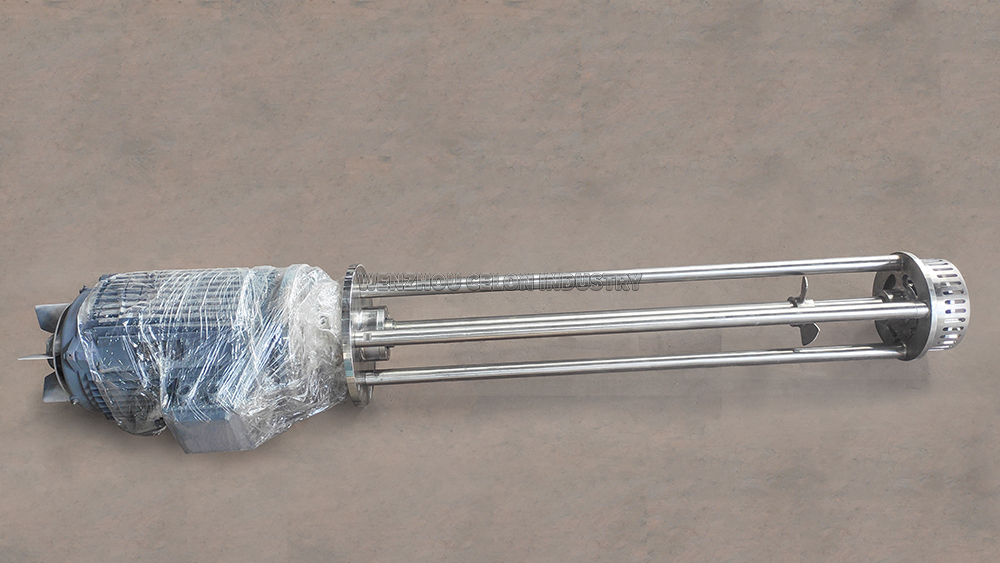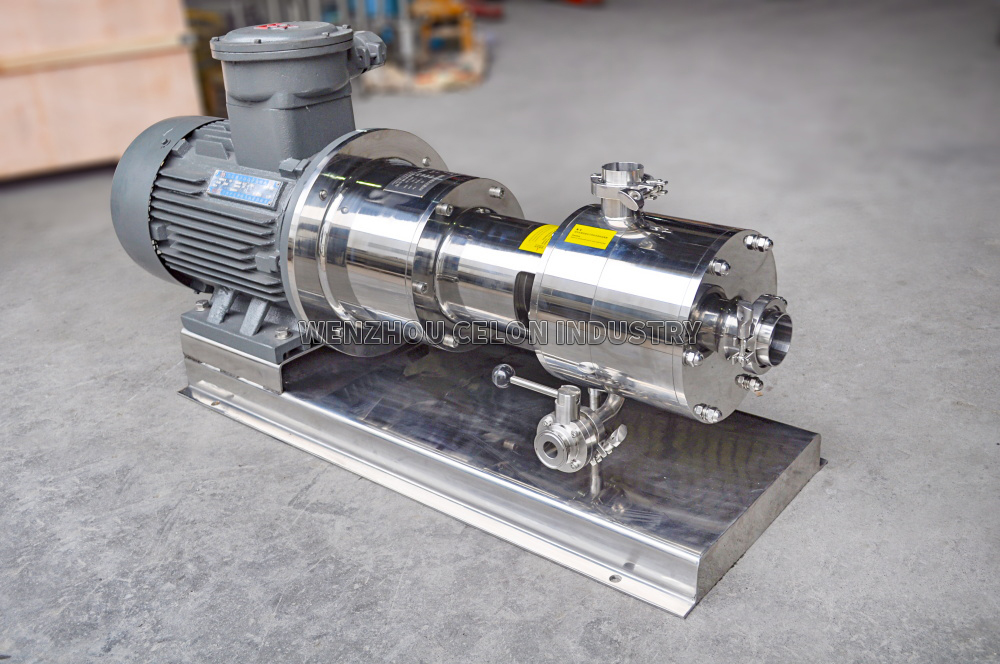Emulsifying Machines: Types, and Buyer's Guide
Emulsifying Machines: Types, and Buyer's Guide
As a company that has been deeply involved in the field of fluid equipment for more than 20 years, we provide many customers with the most suitable solutions for their products. In the industrial application of emulsifiers, whether you are formulating skin creams, mixing food sauces or developing pharmaceuticals, it is crucial to understand the types of emulsifiers and their applications. This guide will eliminate interference and provide actionable insights into buyer needs to ensure that the equipment you invest in meets your operational goals.
What Are Emulsifying Machines?
Emulsifying machines (or emulsifiers) are industrial devices designed to combine immiscible liquids (e.g., oil and water) into stable, homogeneous mixtures called emulsions. They achieve this through mechanical forces like shear, impact, and cavitation, which break down particles and disperse phases evenly. These machines are indispensable in industries requiring precise control over texture, stability, and consistency, such as:
Cosmetics: Creams, lotions, serums
Food & Beverage: Mayonnaise, dairy products, plant-based alternatives
Pharmaceuticals: Ointments, injectable drugs
Chemicals: Paints, adhesives, lubricants
Key Types of Emulsifying Machines
High-Shear Emulsifying Machines
High-shear mixers, including rotor-stator mixers, shear reactors, and homogenizers, are used for emulsification. They feature high rotor tip speeds, elevated shear rates, localized energy dissipation, and greater power consumption compared to standard mixers. Shear refers to the stress applied by blades/impellers to immiscible liquids, with the rotor directing fluid outward against the stator to generate shear. Adjustable rotor speeds enable precise control of shear energy for specific application requirements.
Buyer Tip: Look for adjustable speed settings to handle diverse viscosities.
In-Line Emulsifying Machines
Inline emulsifiers are a specialized type of high-shear mixer equipped with rotor and stator components. Similar to rotor-stator mixers and other high-shear mixers, the rotor operates at high speeds, drawing immiscible liquids through the stator. This subjects the liquids to intense shear forces, resulting in fine droplet dispersion for a highly stable emulsion.
Inline emulsifiers come in various sizes and configurations to meet diverse application needs, though all models share core features:
Shear Rate: Ranges between 10,000 rpm to 50,000 rpm.
Multi-Stage Design: Incorporates multiple stages to ensure thorough emulsification by applying varied shear forces.
In-Place Cleaning: Features integrated cleaning systems for easy sanitization of the mixing chamber, reducing downtime and boosting productivity.
Efficiency: Operates as a continuous emulsification process with an emulsification rate exceeding 90%, minimizing waste and enhancing cost-effectiveness.
Buyer Tip: Prioritize models with CIP (Clean-in-Place) systems for easy maintenance.
Multi-shaft Mixers
Multi-shaft mixers utilize two or more shafts, and their components come in various shapes—such as blades, paddles, anchors, or helical designs—depending on the application. They can efficiently and effectively handle a variety of immiscible liquids and can be customized to meet the specific needs of any application.
The typical design of a multi-shaft mixer incorporates both a disperser and a rotor-stator within a single unit. This setup accelerates the emulsification process by having the disperser initiate the mixing, while the rotor-stator refines and enhances the texture of the resulting emulsion.
Buyer Tip: Ensure the motor power and speed suit your application's viscosity needs. Opt for models with easy cleaning features and customizable mixing elements for greater flexibility.


Vacuum Emulsifying Machines
The vacuum emulsifier achieves efficient mixing by placing the materials into a mixing tank equipped with a fixed impeller with perforations. During the process, the impeller rotates forward and reverse at an adjustable speed, creating a bidirectional flow: one impeller pushes the material upward when rotating forward, while the other impeller pushes the material downward when rotating reversely. This high-speed, bidirectional mixing ensures that the materials are thoroughly mixed.
A vacuum pump extracts air from the mixing tank, creating a vacuum environment. Sensors continuously monitor the pressure to maintain optimal conditions. The vacuum prevents aeration, protects the impeller, and ensures that the final product is smooth and free of voids, thereby enhancing the emulsification process. The finished emulsion is then extracted from the tank using centrifugal force.
Buyer Tip: Ideal for small-batch production with strict hygiene standards.
Ultrasonic Emulsifiers
Ultrasonic emulsifiers use ultrasonic cavitation to break down oil and water droplets, creating O/W and W/O emulsions with micron- and nano-sized droplets that enhance penetration and stability. This method, essential for producing coatings, paints, and polymers, ensures resistance to sedimentation, coalescence, or flocculation. Ultrasonic emulsification involves intense mixing, accelerating the process while preventing liquids from reverting to their original states, utilizing surfactants for a complex yet effective approach to achieving fine, stable emulsions.
Buyer Tip: Opt for modular designs for easy scalability.
How to Choose the Right Emulsifying Machine: 5 Expert Criteria
Material Properties
Viscosity: High-viscosity fluids (e.g., asphalt) require high-torque machines.
Thermal Sensitivity: Heat-labile materials (e.g., probiotics) need vacuum or ultrasonic models.
Production Scale
Small Batches: Bench-top high-shear emulsifiers.
Mass Production: In-line systems with automated controls.
Hygiene Requirements
Food/Pharma: FDA-compliant, electropolished surfaces.
Chemicals: Acid-resistant seals and coatings.
Energy Efficiency
Look For: Variable frequency drives (VFDs) to reduce power consumption.
After-Sales Support
Prioritize: Manufacturers offering training, spare parts, and maintenance contracts.
Conclusion
Understanding the types of emulsifying machines and their applications ensures you select equipment that maximizes ROI and product quality. Whether you’re emulsifying skincare serums or industrial lubricants, aligning machine capabilities with production needs is key. For tailored solutions, consult trusted manufacturers and request product demos to validate performance.

